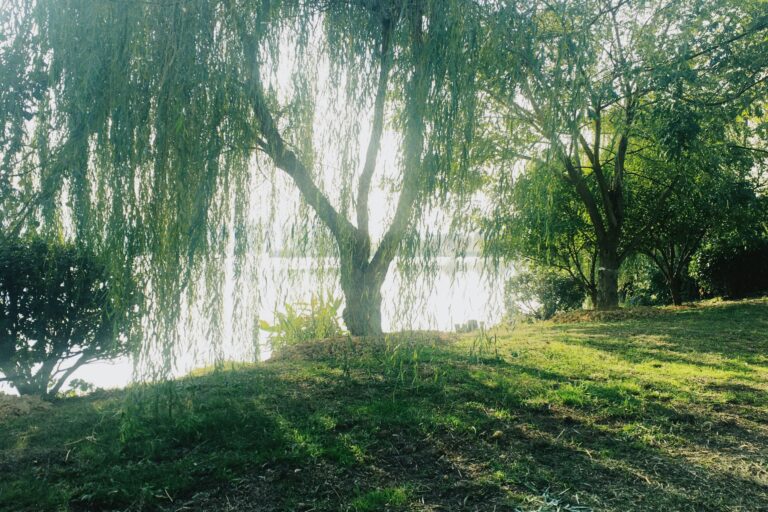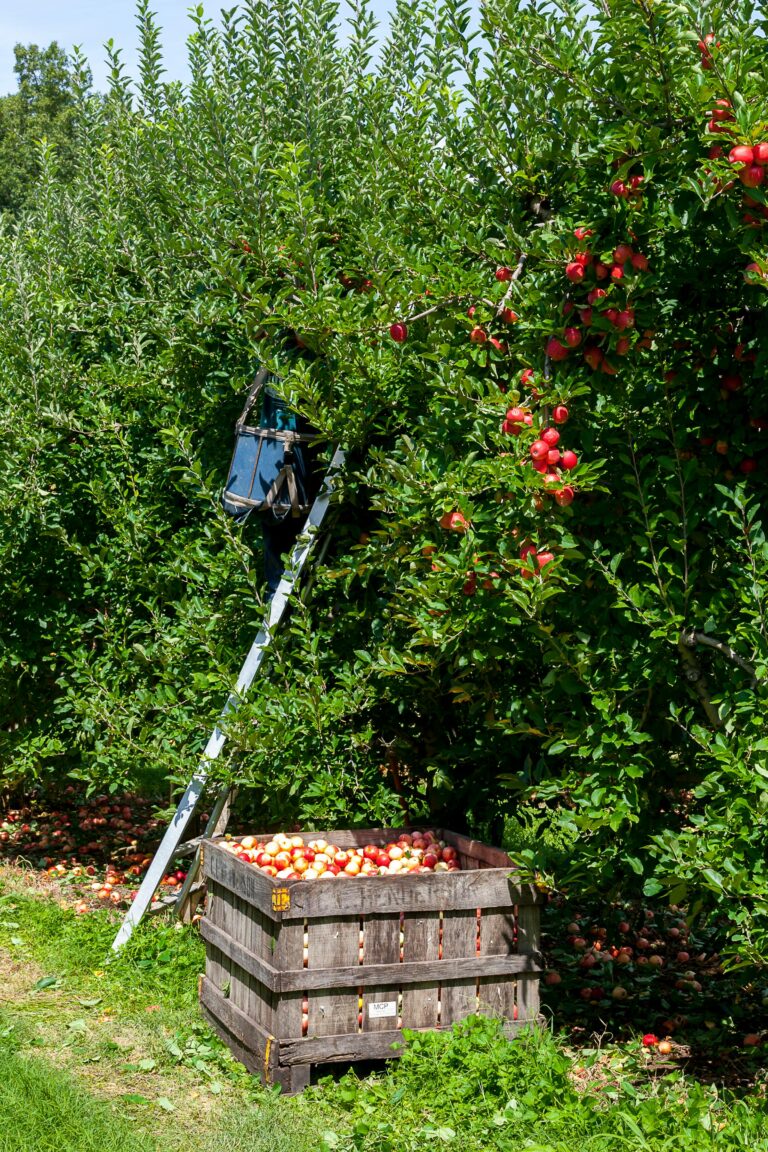The Cherry Blossom Tree Nature’s Soft Whisper of Beauty and Time
What do you think?
There’s something magical about cherry blossom trees. Yes, maybe it’s the way their soft pink and white petals float through the air like confetti in the wind. Or how they bloom so briefly—just a couple of weeks in spring—only to disappear until next year, leaving us with a sense of wonder, nostalgia, and peace. Either way, these delicate trees have become a powerful symbol of nature’s beauty, the passing of time, and the quiet moments we often overlook.
Short-Lived, But Deeply Loved
What makes the cherry blossom tree truly special isn’t just how beautiful it looks—it’s how short its blooming season is.
The flowers usually bloom for about one to two weeks in spring. Then, just as suddenly, they’re gone. And that’s kind of the point. In Japan, this fleeting nature is tied to the idea of mono no aware—a gentle sadness or appreciation for the impermanence of things.
When you stand under a cherry blossom tree in full bloom, it’s almost like nature is reminding you: nothing lasts forever, so treasure what you have right now.
More Than Just a Pretty Tree
Aside from their beauty, cherry blossom trees have real benefits for the environment and the people around them:
- Pollinators love them. Bees and other insects are drawn to the flowers, helping with pollination and supporting local ecosystems.
- They provide shade and reduce heat. In urban areas, cherry trees help cool down city streets and add a much-needed splash of color.
- They bring people together. Whether it’s a picnic under the petals or a selfie in front of a blooming tree, these trees create moments and memories.

Symbolism and Meaning
Cherry blossoms often symbolize renewal, hope, and new beginnings. That’s why so many people find comfort in seeing them bloom after a long winter. It’s like the Earth is softly saying, “It’s okay. We begin again.”
In art, literature, and even tattoos, cherry blossoms represent life’s fleeting beauty. And in a world that’s always rushing, they remind us to pause—even if just for a moment.
Cherry Blossom Tree A Gentle Tale of Nature’s Ephemeral Beauty
There’s a kind of silence that falls when cherry blossoms bloom. It’s not the absence of sound, but the kind of quiet that comes when everyone stops to look—just for a second—and remembers that beauty can be soft, short-lived, and still unforgettable.
What Exactly Is a Cherry Blossom Tree?
Cherry blossom trees, part of the Prunus genus, include several species like Prunus serrulata (Japanese cherry), Prunus avium (wild cherry), and Prunus yedoensis (Yoshino cherry). What sets them apart from regular fruiting cherry trees is that many ornamental varieties don’t produce edible fruit. They’re all about the flower show—those paper-thin petals that explode into clouds of pink or white every spring.
Some bloom early in March, others in April, and depending on the variety and climate, a single tree might flower for a week or two before the petals gently fall like pink snow.

A Brief History Rooted in Friendship
While cherry blossoms are ancient in their origin, their modern journey is just as poetic. These trees have long symbolized the samurai spirit in Japanese culture—brave, beautiful, and short-lived. During the Heian period (794–1185), emperors, poets, and painters would gather under cherry blossoms to write haikus and admire nature’s elegance.
One of the most famous international stories happened in 1912, when Japan gifted 3,020 cherry blossom trees to the United States, planted around Washington D.C.’s Tidal Basin. Today, the National Cherry Blossom Festival draws over 1.5 million visitors every year.
Where Can You Find Cherry Blossoms?
Cherry blossom trees have found a home far beyond Japan. Here are a few notable places where they bloom beautifully:
- Japan – From Hokkaido to Kyoto, sakura season is a nationwide celebration.
- South Korea – Cities like Jinhae and Seoul become magical in April.
- China – Known as “Yinghua,” you’ll see them in Wuhan and Beijing parks.
- United States – Especially in Washington D.C., Brooklyn Botanic Garden, and Seattle.
- Europe – Found in Germany, the UK, and even parts of the Netherlands.
These trees thrive in temperate climates and love well-drained soil with full sunlight. While they don’t live as long as oaks or redwoods, with proper care, many can survive 30–40 years or more.
The Deeper Meaning Behind the Blooms
Cherry blossoms aren’t just beautiful—they’re meaningful. Across cultures, they represent:
- Impermanence (Mono no aware in Japanese)
- Renewal and hope after winter’s rest
- The start of spring and new beginnings
- Mindfulness, reminding us to appreciate now before it fades
They bloom at the same time every year, but somehow it never feels ordinary. It feels personal.
Ecosystem Benefits
Even though ornamental cherry blossoms aren’t fruit producers, they still benefit wildlife:
- Pollinators like bees and butterflies feed on their nectar.
- Birds often nest in cherry trees due to their structure and early foliage.
- In urban areas, they provide shade and improve air quality.
Plus, they give us humans a good reason to go outside, breathe, and reconnect with nature.

Hanami, More Than Just a Picnic
In Japan, people take part in Hanami—the tradition of flower viewing. Families, friends, and coworkers gather under cherry trees, spread out blankets, and enjoy food, sake, and conversation.
It’s not just a celebration of flowers. It’s a celebration of being alive in this moment. A picnic under falling petals becomes something spiritual, even if you’re just laughing over lunch.
Even if you don’t live in Japan, planting or visiting a cherry blossom tree can bring that feeling of stillness and presence to your life.
How to Care for a Cherry Blossom Tree
If you’re lucky enough to plant one:
- ✅ Choose a sunny spot with good drainage.
- ✅ Water deeply when young.
- ✅ Prune after flowering to maintain shape.
- ❌ Don’t over-fertilize—it can reduce blooms.
- 🐛 Watch for pests like aphids or caterpillars, but most varieties are low-maintenance.
Some popular varieties to consider:
- Yoshino Cherry (soft white blooms)
- Kwanzan Cherry (double pink blossoms)
- Weeping Cherry (elegant, hanging branches)
Why We Love Them (Even After the Petals Fall)
Cherry blossom trees aren’t showy for long, but maybe that’s why they leave such a strong impression. Their beauty isn’t in lasting forever—it’s in the reminder that some things are special because they don’t.






